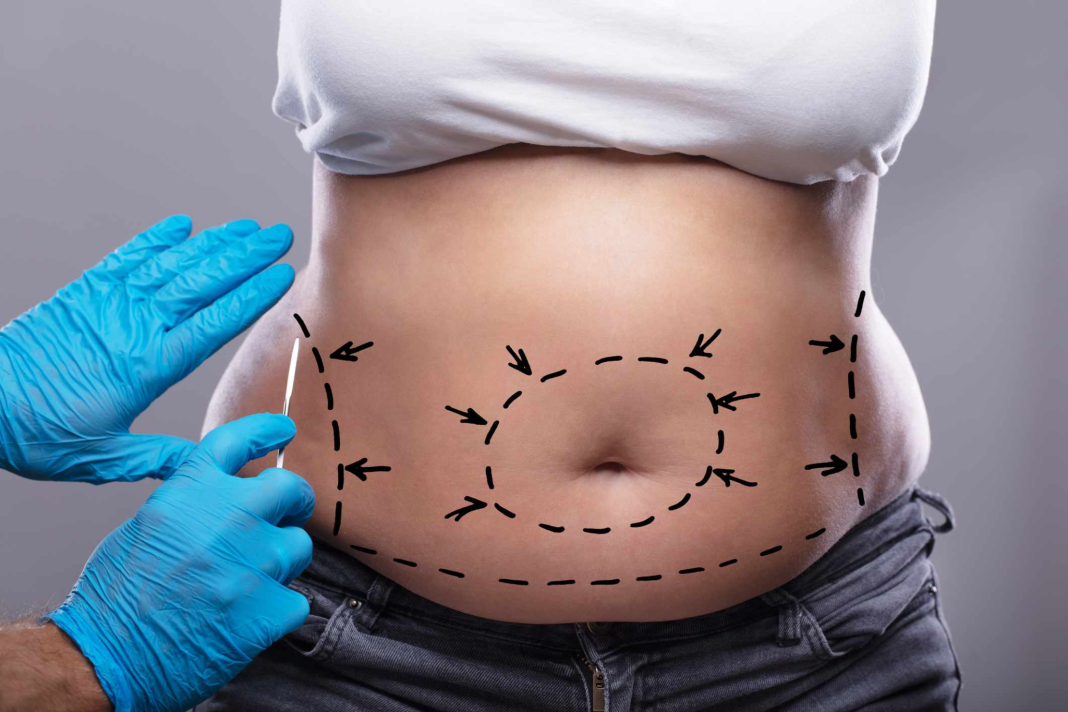Abdominoplasty, commonly referred to as a tummy tuck, is a surgical procedure designed to improve the appearance of the abdomen. This comprehensive guide will explore the various aspects of abdominoplasty, including its indications, procedure, recovery, and potential risks, helping individuals make informed decisions about their surgical options.
What is Abdominoplasty?
Abdominoplasty is a cosmetic surgical procedure aimed at removing excess skin and fat from the abdominal area while tightening the underlying muscles. It is particularly beneficial for individuals who have experienced significant weight loss, pregnancy, or aging, which can result in loose or sagging skin. The procedure can enhance body contour and boost self-confidence, making it a popular choice among those seeking aesthetic improvement.
Indications for Abdominoplasty
Individuals may consider abdominoplasty for several reasons:
- Post-Pregnancy Changes: Pregnancy can stretch the abdominal muscles and skin, leading to a condition known as diastasis recti, where the abdominal muscles separate. Abdominoplasty can help restore the abdominal contour after childbirth.
- Significant Weight Loss: After substantial weight loss, individuals may have excess skin and stubborn fat deposits that are resistant to diet and exercise. Abdominoplasty can remove this excess skin and fat, resulting in a more toned appearance.
- Genetic Factors: Some individuals may be predisposed to excess abdominal fat or skin elasticity issues due to genetics, making abdominoplasty a viable option to achieve their desired body shape.
- Aging: As people age, the skin loses its elasticity, which can lead to a protruding abdomen. Abdominoplasty can address these age-related changes and improve abdominal firmness.
The Abdominoplasty Procedure
The abdominoplasty procedure typically involves several steps:
- Consultation: A thorough consultation with a board-certified plastic surgeon is essential to discuss goals, expectations, and medical history. The surgeon will evaluate the patient’s anatomy and recommend the most appropriate surgical technique.
- Anesthesia: Abdominoplasty is usually performed under general anesthesia or intravenous sedation, ensuring the patient is comfortable throughout the procedure.
- Incision: The surgeon will make a horizontal incision across the lower abdomen, just above the pubic area. The length of the incision may vary based on the amount of skin to be removed.
- Muscle Tightening: Once the incision is made, the surgeon will lift the skin and tighten the underlying abdominal muscles, which may have been weakened or separated.
- Excess Skin Removal: The surgeon will remove excess skin and fat, pulling the remaining skin taut to create a flatter abdomen.
- Closure: The incision is then closed with sutures, and drains may be placed to minimize fluid accumulation.
Recovery After Abdominoplasty
Recovery from abdominoplasty varies among individuals but typically involves the following:
- Initial Healing: Patients can expect swelling, bruising, and discomfort in the first few days after surgery. Pain medication is prescribed to manage discomfort during the initial recovery period.
- Activity Restrictions: It is crucial to limit physical activity for several weeks post-surgery. Patients should avoid strenuous exercises and heavy lifting to facilitate proper healing.
- Follow-Up Appointments: Regular follow-up appointments with the surgeon are essential to monitor healing and address any concerns.
- Final Results: While initial swelling will subside over time, full results of the abdominoplasty may take several months to become apparent as the body continues to heal.
Potential Risks and Complications
Like any surgical procedure, abdominoplasty carries risks, including:
- Infection: As with any surgery, there is a risk of infection at the incision site.
- Scarring: The incision will leave a scar, which can be minimized with proper care, but it may not disappear entirely.
- Blood Clots: There is a risk of blood clots, particularly in the legs, which can pose serious health concerns.
- Fluid Accumulation: Some patients may experience seromas, which are fluid collections that can form beneath the skin. These may require drainage.
- Uneven Results: In some cases, results may not be symmetrical, leading to dissatisfaction with the aesthetic outcome.
Conclusion
Abdominoplasty can be a transformative procedure for individuals seeking to enhance their abdominal appearance and boost their self-confidence. By understanding the indications, procedure, recovery process, and potential risks associated with abdominoplasty, individuals can make informed decisions about their cosmetic surgery options. It is essential to consult with a qualified plastic surgeon to discuss personal goals and ensure a safe and successful outcome.

